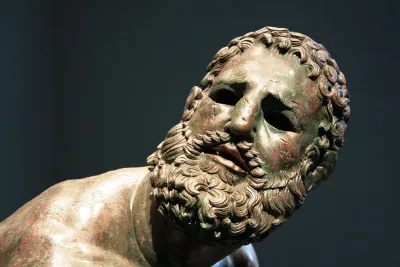TWIL #02: From Hard Goodbyes to Fresh Beginnings
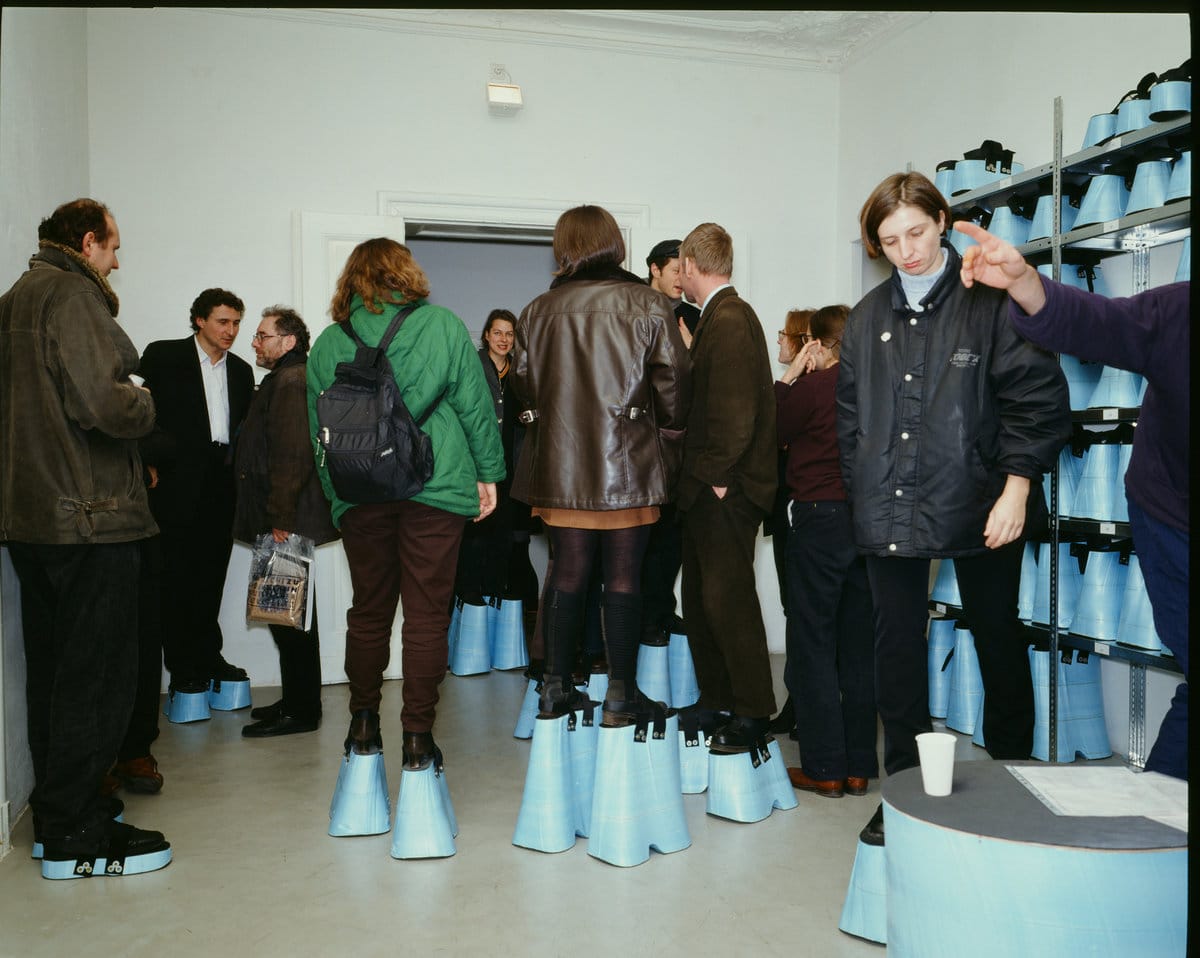
One of the driving forces behind starting The School of Curiosity was to foster a community of curious, like-minded individuals. Much like what we built with Johnny Holland (2008-2013), an online magazine about interaction design. This connection became deeply personal last weekend when I launched this Substack and, on the very same day, learned of the passing of my Johnny Holland partner-in-crime, Vicky Teinaki.
Vicky and I worked closely on the magazine, and her loss hit me hard. The contrast was jarring: as I celebrated a new beginning, her journey came to an end. Over the past week, I’ve been reflecting on her immense influence. Vicky was a brilliant, curious thinker and a cornerstone of the UX community. Not by seeking the spotlight, but through her steadfast presence. She was always there to offer thoughtful critique, honest insights, and unwavering support, embodying the kind of influence that truly lasts.
I can’t help but imagine her thoughts on this new adventure. She would have loved it. Not just offering kind words, but challenging me with new insights and sharp critiques, which I valued deeply.
This edition is dedicated to her. I encourage all of you to explore the incredible body of work she built over the years. A true testament to her intellect, curiosity, and passion for the field of interaction design (nowadays UX).
Same level, new connections
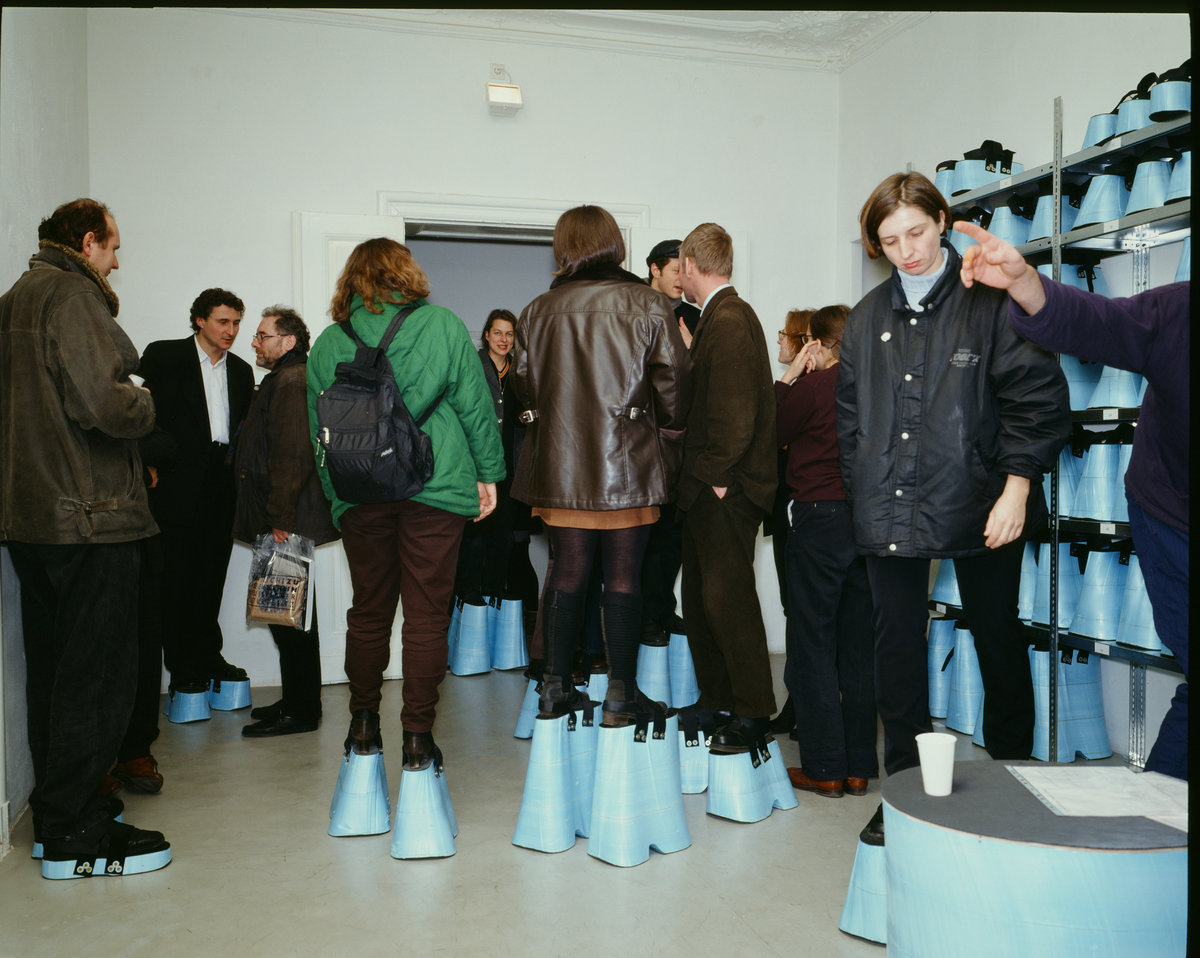
What if… we could erase the invisible barriers that divide us?
In 1997, Berlin-based artist Hans Hemmert explored this idea with Level, a playful project where partygoers wore blue foam shoe-extenders to make everyone exactly two meters tall.
At first, it seems absurd… an entire room of people at the same height. But beneath the humor is a powerful message: by equalizing height, Hemmert encourages genuine connection, shifting focus from differences to shared experiences.
Level is a perfect example of relational aesthetics, where art creates moments of connection rather than objects.
The fascinating link between heartbeats and time perception
Ever feel like time races past or drags endlessly? Cognitive neuroscientist Irena Arslanova’s TED Talk, "Does your heartbeat shape your sense of time?", reveals a surprising insight: your heartbeat plays a key role in how you perceive time. "A racing heart stretches moments, making them feel longer, while a steady beat makes time fly by," Arslanova explains.
Her research suggests that boredom slows time to help your brain absorb more details, while activity speeds it up to improve efficiency. It’s like your body and brain are co-directing a time-warp movie with your heartbeat playing a starring role. This insight connects our physical state to the strange ways we experience time, offering a new lens to view moments of drudgery or excitement. Maybe it’s in the boring moments that we should actually pay more attention?
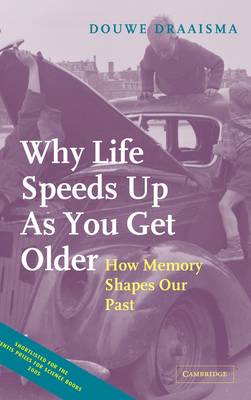
This talk reminded me of a book I read during my time at school: Why Life Speeds Up As You Get Older by Douwe Draaisma. In it, Draaisma explores why time seems to accelerate as we age. It’s been some time since I read it… but I remember that he explained that as kids, everything is new, and we soak in these unique experiences, which create vivid memories. These memories stretch time when we look back. But as adults, we often slip into routines (breakfast, work, repeat, driving the same route every day) causing the days to blur together. Routine, it seems, speeds up life.
I often use the thinking in this book to keep myself from falling into routines. I’d bike home via a different route, plan a unique activity for the day, or challenge myself to learn something new every year.
Interestingly, these two perspectives might seem contradictory. Arslanova’s research shows that boredom stretches time in the moment, while Draaisma highlights how novelty stretches time in hindsight. But together, they offer a powerful takeaway: Boredom expands time as you live it; novelty makes time feel fuller when you reflect on it.
The key to savoring time lies in balancing these two forces: mindfulness in the present and actively seeking fresh experiences.
What lessons from this connection between heartbeats, boredom, and novelty can you apply to improve your daily life?
Finding inspiration in the obituaries
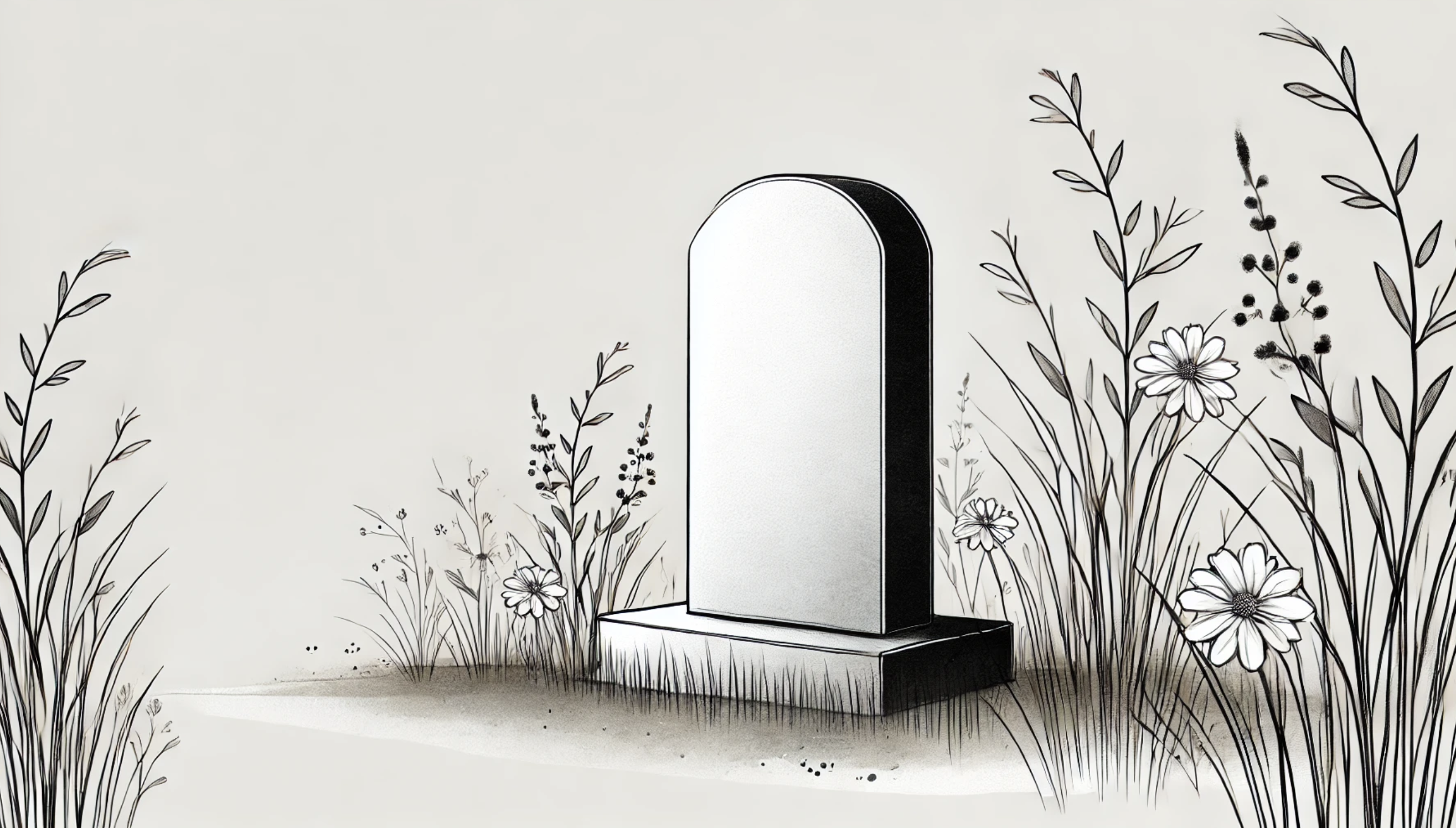
This week I stumbled upon an interesting read by Keith Sawyer about his unusual creativity practice: reading obituaries. He argues that these life stories, filled with diverse achievements and experiences, spark remote associations, the foundation of creative thinking.
As Sawyer puts it, “Reading the obituaries every week will do more for your creativity than reading yet another white paper, or research article, or a book that’s similar to the books you’ve already read.”
It’s a powerful reminder that curiosity is everywhere.
What unexpected habit do you use to fuel your own curiosity and creativity?
Nature heals: the stunning power of green views
A simple view of nature can do wonders for our health. Literally.
In Roger Ulrich’s groundbreaking study (1984!), patients recovering from surgery with a view of trees spent nearly a day less in the hospital, needed fewer painkillers, and had fewer complications than those staring at a brick wall.
Similarly, a meta-analysis published in Environmental Research found that exposure to natural environments significantly lowers cortisol levels, a key marker of stress. It showed that “moving to a greener area not only improves people's mental health, but that the effect continues long after they have moved.”
These aren’t just feel-good stats. They’re hard evidence that nature is a powerful healer!

What else..
- The Judean Date Palm - The Judean date palm was truly extinct, until scientists discovered 2,000-year-old seeds at an archaeological site. Remarkably, they managed to revive these ancient seeds, and now a new (or very old) tree thrives, offering a living link to the time of Herod the Great.
- The moon smells like gunpowder - Astronauts returning to their spacecraft after moonwalks described the moon dust's smell as similar to gunpowder. The odor comes from the fine particles of lunar regolith.
I recently finished watching the stunning TV series Shogun on Disney+. I highly recommend it for its fascinating insight into Japanese culture, rituals, and the meticulous attention to details like gestures and body language.
The show inspired me to explore Japanese art. Something I’ll dive into in the future. For now, I’ll leave you with this beautiful painting.
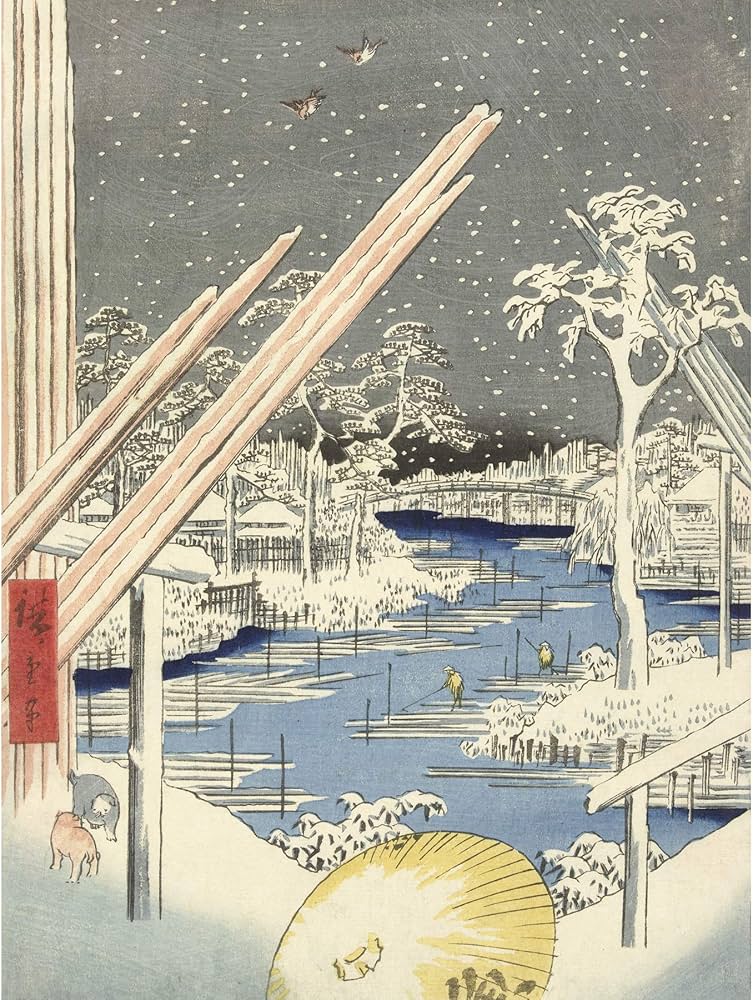

To receive new posts and support my work, consider becoming a subscriber.
